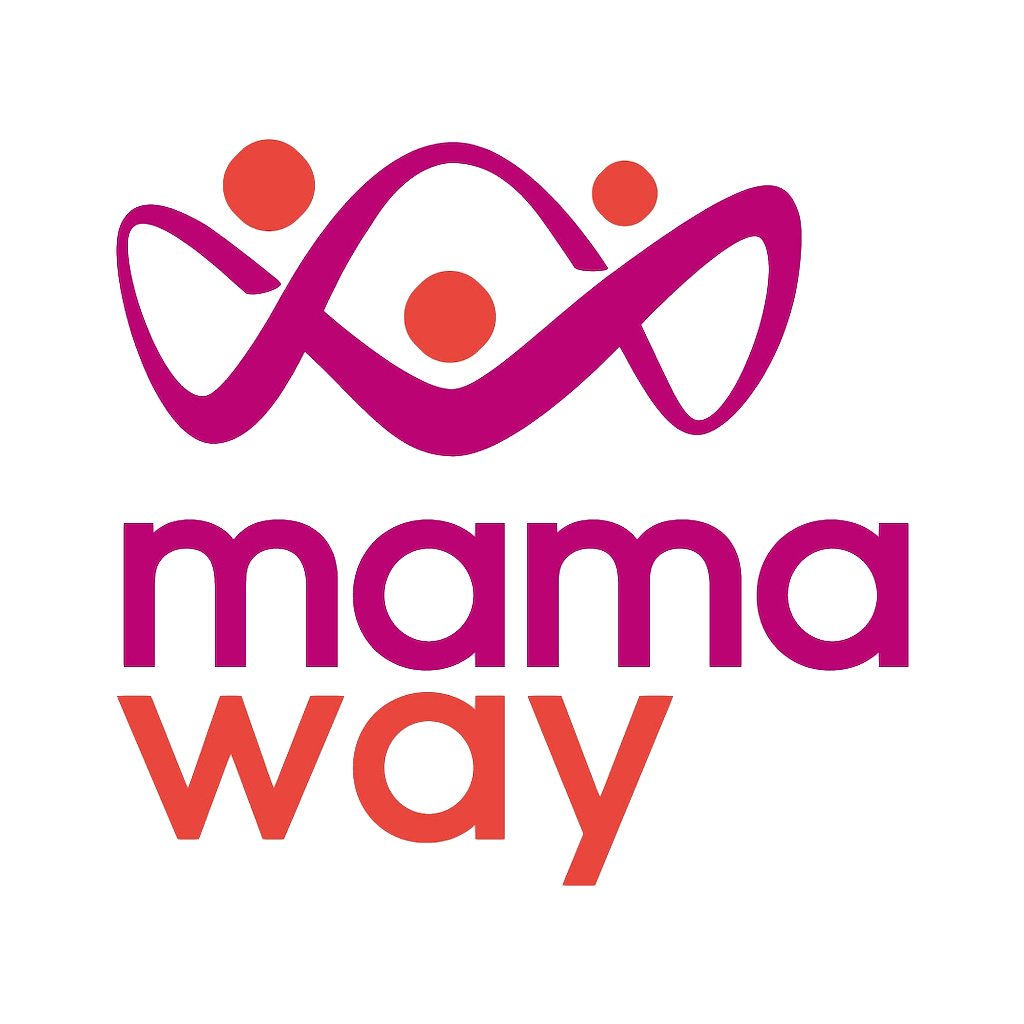For the most part, the final stretch of pregnancy is spent asking the final down and dirty questions about labour and beyond. Chats that include formerly un-speakable subjects: maxi-pads, stool softeners and Sits Baths, become common-place.
However, many women are clothed with very little information when it comes to a Caesarean section, especially if they go in to labour with the hopes of a vaginal delivery that results in an emergency. In fact, many feel judged as they head toward a C-section. Perhaps that’s why there’s little conversation around it.
We’ve all heard the expressions. Like the offensive, ’Too posh to push’, the naive ’Well didn’t you catch a lucky break’, the passive/aggressive ’You didn’t really give birth then’, the shaming: ’There’s always next time..’. Nothing like comments that make you feel like you suck.
Delivering a baby is no small effort. Whether you experience the intensity of contraction after contraction, or if you weather all that is major abdominal surgery, it’s ALL labour.
However your babies are born, it all comes at a vast cost to the mother, despite one we welcome fully. So, if you’re experiencing judgement for the way you’ve delivered, I say: Take hold! if your baby could give you a high-five, she would, and maybe she will one day!
Recent reports by the National Institute of Health and Welfare found that approx. one in three women in Australia give birth by C-section, So mums, if you’re planning one, let’s get up to speed.
And, if you’re a mother that still feels a competition is in order, resist the temptation of betraying your tribe(!), as I can assure you there isn’t one.
Caesareans – The process and what you might not know
1. A needle and a shave
If you’re not into the ‘Brazilian’ or your private bits haven’t had the luxury of IPL – get set for a complete shave. Bald as a badger – not that you can see it for the moment anyway.
And the needle? This will be for a blood test to check your iron levels.
2. Anesthesia is administered
A spinal block (anesthesia) will be administered by your anesthetist. Your partner will not be present for this bit. He will join you once the anesthesia is taking effect.
Warn your partner that this process can take a while. My own husband says that he was jumping between the assumption that he had been forgotten, and having a full-blown nervous break-down.
3. Finger pulse monitor
This is worn to keep track of the mum’s heart rate. Mums may also be offered an oxygen mask. You are not about to make a crash-landing.
4. The smell of burning flesh
An aroma to behold and a memory you won’t quickly forget. The incision is made my laser.
Having your tummy cut open requires a great deal of composure. If you need a hand to squeeze or some re-assuring words, your midwife or doula is always there to help you. Don’t be afraid to let them know they are needed.
5. Rummaging through top drawers
Although there’s no pain at all, it truly does feel like someone searching through your top drawers. The strangest of sensations!
You won’t be able to see anything though, as there is a screen shielding your head from your body. This screen is typically lowered at the point of birth, so mum can see her bub’s first grimaces and hear her lusty cry.
6. QUICK!
The birth happens amazingly fast. From the first incision, birth occurs within about 5 minutes. Get that camera ready!
7. The moment of birth
Bring it on. Birth of any kind is incredible. That first moment your little bundle is lifted up above that screen is the best. Birth, like any, is both the most uplifting and un-doing thing you’ll ever do. You’re in for such treat.
8. Shortly after birth
Things vary a bit here, depending upon OB/surgeon, midwives and hospital provider.
Some will allow you to have skin to skin contact, but only under big warm blankets, because unlike a birthing suite, an operating theatre is REALLY cold. Keep her well covered, and your health carers might just be happy enough for her to stay there for the duration of your stitching etc.
You may however, just see your bub over the screen, and then she may disappear to the side of the operating theatre to be quickly assessed and wrapped. She will then be brought to you.
My first birth was by Caesarean, and I remember feeling my baby was almost too precious to touch. blubber blubber…
Your placenta, of course, is removed at this time too, as well as a significant proportion of blood. This will be an ‘up’ in terms of Caesarean, as your postnatal bleed will be significantly lighter than that of a vaginal delivery. Boom!
9.Repair work
A Caesarean scar can be stitched up using internal stitches, which dissolve away. Depending on the size of the incision, staples and external stitches may be used. This process takes approximately 45 minutes. A lot longer than the birth itself and you’ll be in ‘baby paradise’, hopefully soaking up your gorgeous little thing.
10. First few days after birth
Your epidural takes a while to wear off. So, you can forget about independence for a while. Midwives will make sure you get anything you need. Always be comfortable to ask for help, especially during this time.
You’ll spend an hour in a Recovery Ward. Again, things vary a little bit here in terms of hospital and care givers. It’s much more widely understood and therefore practiced these days of the benefits of bonding in that first hour of life. So, in many instances, a midwife joins mum in the Recovery Ward and these mums can try their first feed. This is such a joy, as in other circumstances, this could be the longest hour of your life.
I remember lying there talking to the nurses, hoping to display intelligence and quick wit, thinking that I could be discharged from Recovery sooner. Little did I know that it was a much more clinical process than that. Too funny.
If you and bub do get separated at this recovery point, be sure that your partner gets their shirt off and snuggles up close to that beautiful babe. My husband sang and prayed over our daughter before I was reunited with them in the maternity ward. My heart pangs just thinking back on that.
11. First poop
Nothing’s sacred. Get those stool softeners in to you, drink LOADS, resist pushing, and you’ll be fine. You’ll feel magnificent walking back out of that bathroom!
12. After hospital stay
OK ladies, this is where it gets particularly tough for the C-section deliverer.
-Pain: You will be in a lot of it if you don’t take pain relief. Most midwives insert a rectal pain relief suppository before your spinal block wears off. Gross. Totally. But, you will be utterly thankful. You’re going to be in a significant amount of pain over the next few days. Take all pain meds allowed, you have nothing to prove!
-Breastfeeding: Breastfeeding will be difficult, but just for a short while. Simply lying baby across your lap to feed can be extremely uncomfortable. Use a good feeding pillow to lift bub up off your abdomen. This will make feeds so much more comfortable. These pillows double-up as a comfy bed companion, if your partner is sick of you. Take up any comfort measures necessary.

Attending to a newborn in the middle of the night, once home, can be very taxing. Negotiate a bit of extra support through the nights with your partner. Perhaps he could bring baby to you and settle her after a feed until you’re ready and able again.
-Lifting and driving: You wont be doing any driving and there will be no lifting for a few weeks either. Anything heavier than bub, is a no no. So no lifting washing baskets and pegging clothes on the line. Shame. You’ll need to enlist some help.
I have had both vaginally delivered babies and Caesarean birthed babies. Don’t let anyone tell you that one is easier than the other. There is a labour to each, both of which you would do well to be prepared for, and let’s face it, it’s the outcome – your spectacular spawn(!) that matters.


Leave a Reply